Idea by
Antoine Struelens, Ally Steven Severi
Rurban Solutions
Call for ideas 2017
Skyline
Skyline
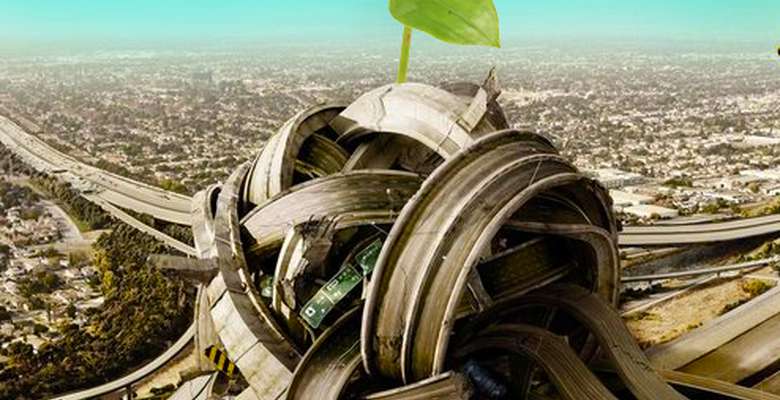
Recycling infrastructure accelerates: parks on derelict elevated train viaducts become a trend. The phenomenon also affects urban highways, till recently they were dismantled & replaced by tunnels or urban boulevards but now flyovers also become linear parks. MVRDV's Skygarden is an example & the Friends of the Flyover do the same. Some of these engineering works are being considered as landmarks testifying 20th century car culture. Full monument protection might not be an appropriate tool for these infrastructures, but their metamorphosis into green corridors offering a variety of other functions such as leisure and transportation or urban agriculture will green our cities. Taking away noise and air pollution caused by these urban highways can also be an opportunity to create new connections between streets and building blocks allowing multiple level connections and thereby creating a new skyline for the concerned areas. Turn the sky blue with Skyline!
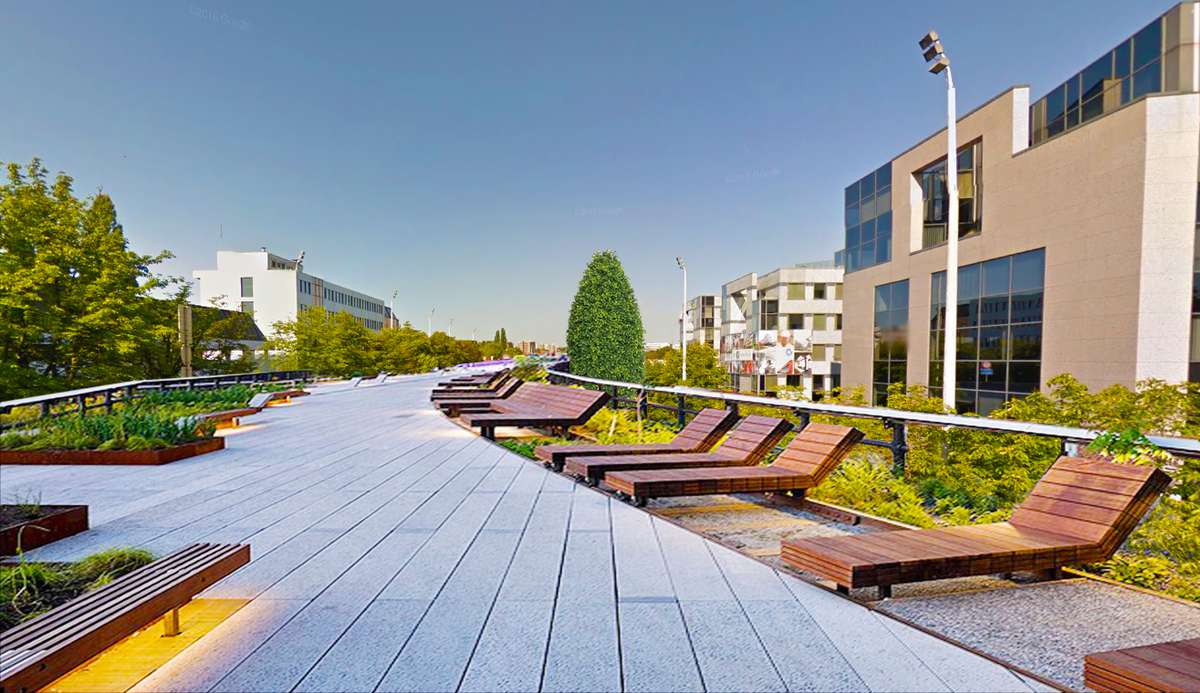
As demonstrated by this photo collage, a (New York) high-line type of design could fit very well on top of the Herrmann-Debroux Viaduct. It would easily be connected to its already fairly green environment. New connections could be built between the existing buildings and the elevated path.
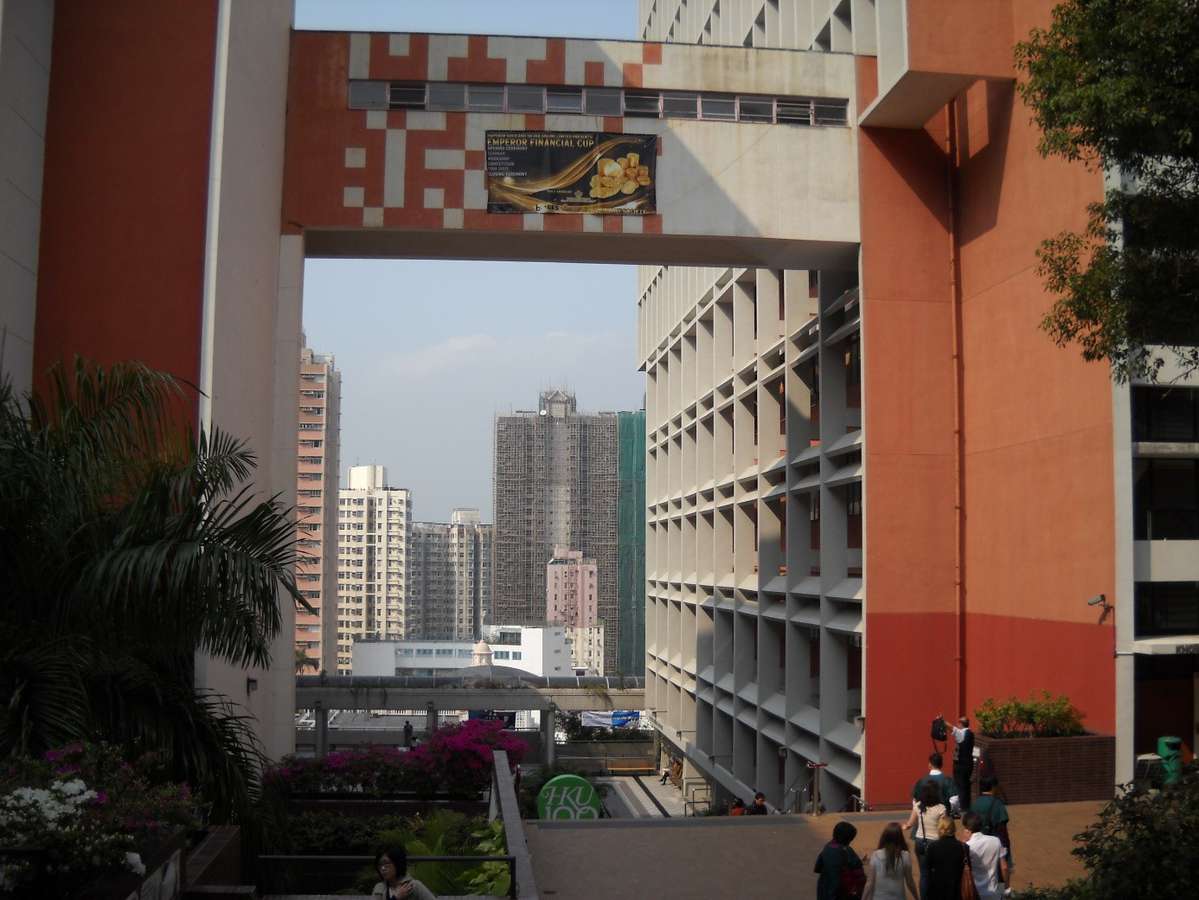
Hong Kong’s skywalks offer a dense city with multiple layers: streets, buildings, rooftops, stairs, lifts, escalators & esplanades intermingle and create a labyrinth city space and skyline with green spaces hidden in-between a concrete jungle. Hong Kong University’s central campus on this picture is an example of such an oasis. Transforming highways into green promenades would allow to create similar connections between the infrastructure & new buildings through esplanade/bridge buildings.
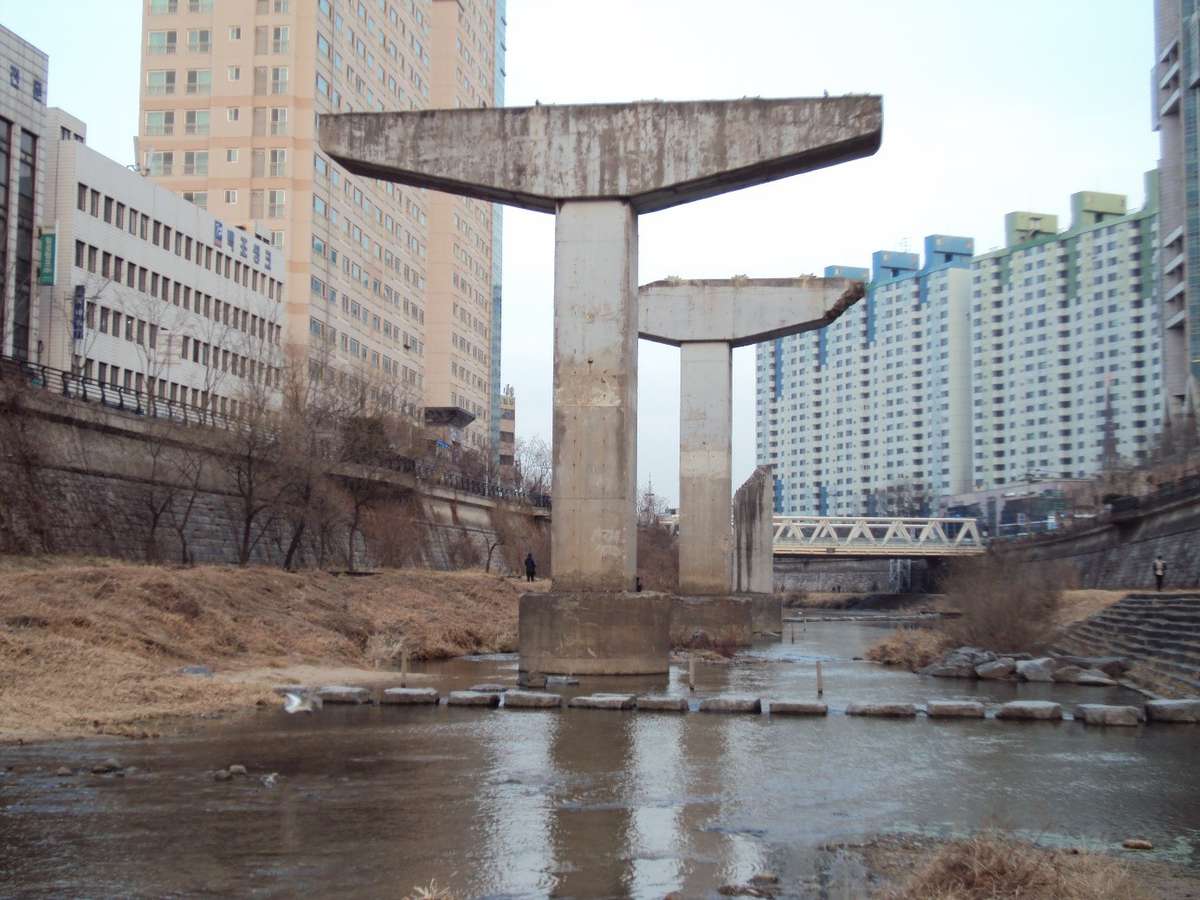
The Cheonggyecheon Stream is one of Seoul’s top attractions. During many decades it used to be hidden under a massive urban highway, till the city government decided to tear it down, recreate the river and create an urban boulevards on both sides of the new promenade. Some elements of the viaduct were kept in the new project. Today Seoul goes further with the Skygarden which will be a garden on top of a viaduct.

A local Brussels’ example supporting our Skyline vision, just next to the Herrmann-Debroux viaduct in Auderghem. On the left side of the photo we see the viaduct and on the right side the green promenade connecting Delta to Stockel along an ancient railway line. Creating a green promenade on the viaduct as well would reinforce the existing green corridor network.
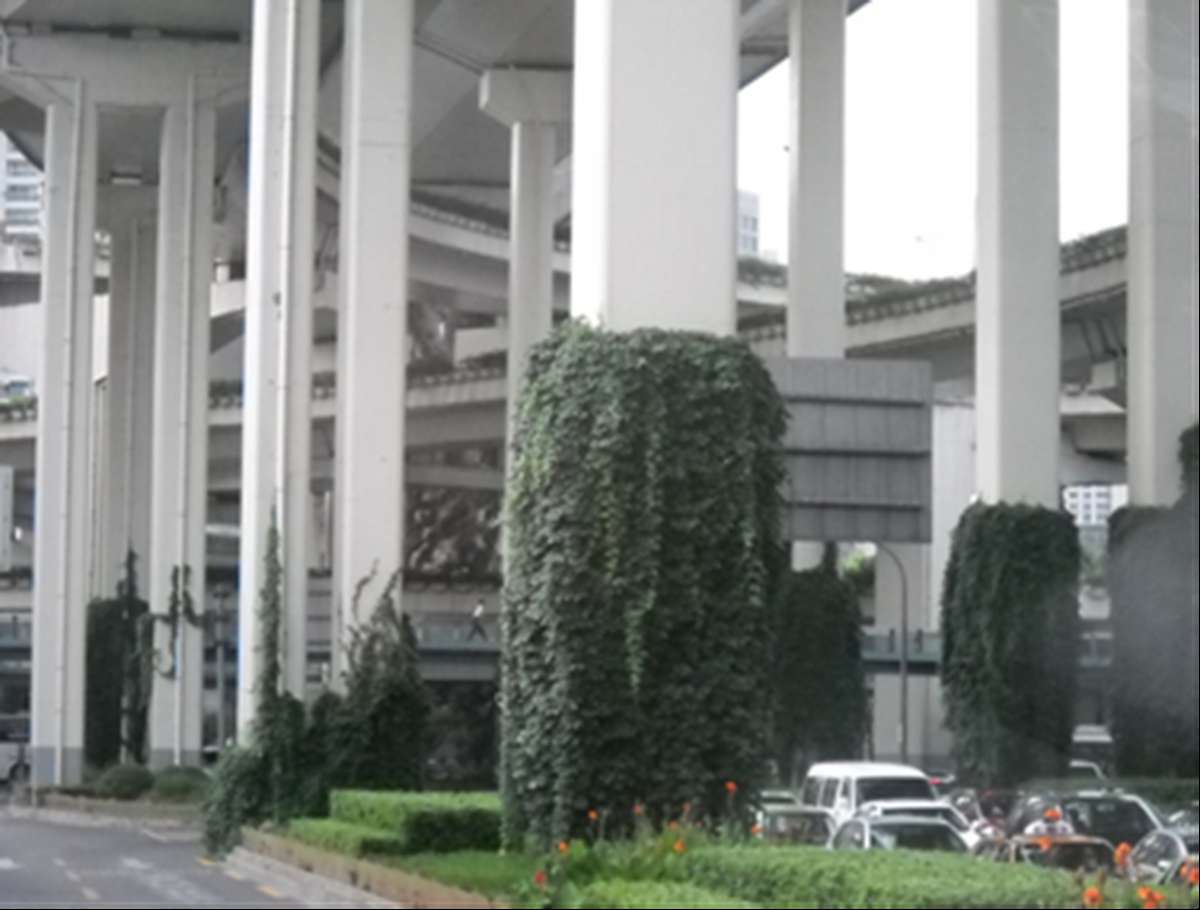
On this image we see pedestrian crossing or cutting through a flyover Labyrinth in Shanghai. The spaces within these infrastructure nodes are often used in Chinese cities; you can find parks, skyscrapers and even tea-houses right under or next to them. Re-using these infrastructure in a green way would be as dramatic an urban shift as their construction or actual use.
Skyline
Skyline

Recycling infrastructure accelerates: parks on derelict elevated train viaducts become a trend. The phenomenon also affects urban highways, till recently they were dismantled & replaced by tunnels or urban boulevards but now flyovers also become linear parks. MVRDV's Skygarden is an example & the Friends of the Flyover do the same. Some of these engineering works are being considered as landmarks testifying 20th century car culture. Full monument protection might not be an appropriate tool for these infrastructures, but their metamorphosis into green corridors offering a variety of other functions such as leisure and transportation or urban agriculture will green our cities. Taking away noise and air pollution caused by these urban highways can also be an opportunity to create new connections between streets and building blocks allowing multiple level connections and thereby creating a new skyline for the concerned areas. Turn the sky blue with Skyline!
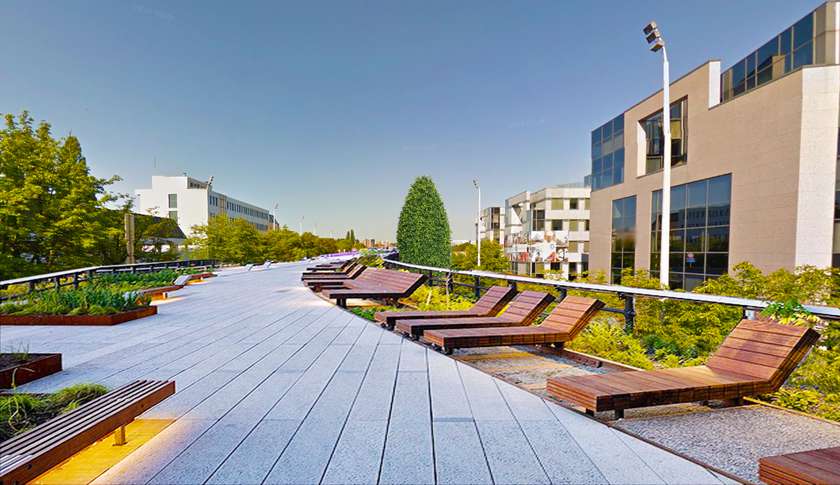
As demonstrated by this photo collage, a (New York) high-line type of design could fit very well on top of the Herrmann-Debroux Viaduct. It would easily be connected to its already fairly green environment. New connections could be built between the existing buildings and the elevated path.
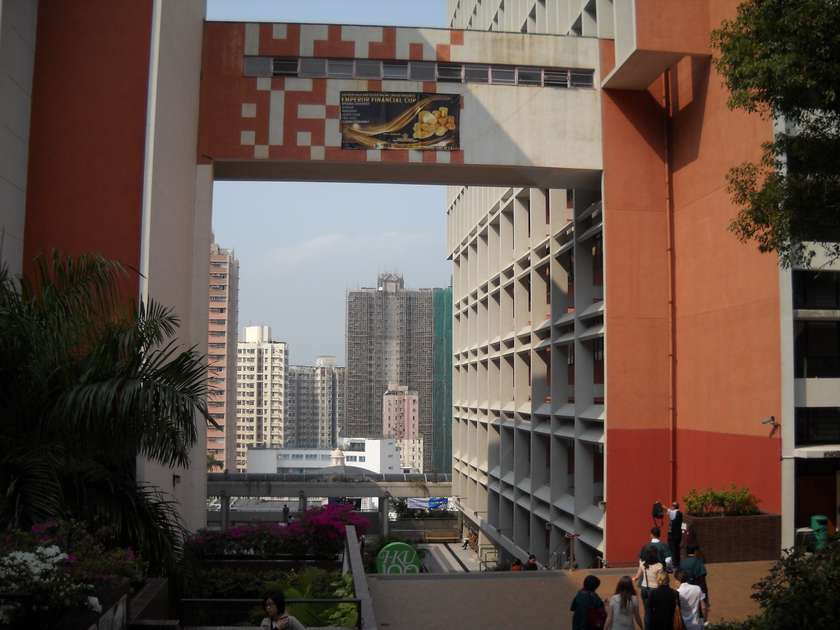
Hong Kong’s skywalks offer a dense city with multiple layers: streets, buildings, rooftops, stairs, lifts, escalators & esplanades intermingle and create a labyrinth city space and skyline with green spaces hidden in-between a concrete jungle. Hong Kong University’s central campus on this picture is an example of such an oasis. Transforming highways into green promenades would allow to create similar connections between the infrastructure & new buildings through esplanade/bridge buildings.

The Cheonggyecheon Stream is one of Seoul’s top attractions. During many decades it used to be hidden under a massive urban highway, till the city government decided to tear it down, recreate the river and create an urban boulevards on both sides of the new promenade. Some elements of the viaduct were kept in the new project. Today Seoul goes further with the Skygarden which will be a garden on top of a viaduct.
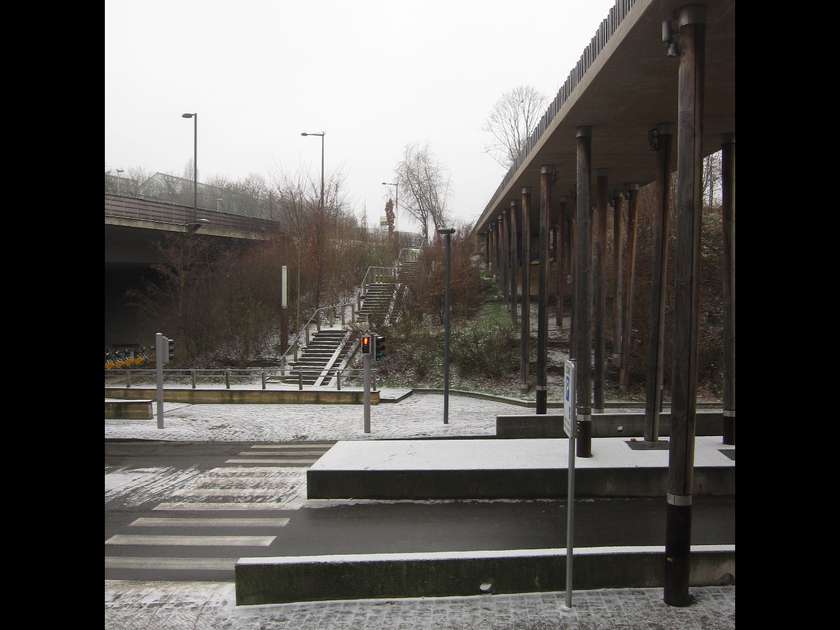
A local Brussels’ example supporting our Skyline vision, just next to the Herrmann-Debroux viaduct in Auderghem. On the left side of the photo we see the viaduct and on the right side the green promenade connecting Delta to Stockel along an ancient railway line. Creating a green promenade on the viaduct as well would reinforce the existing green corridor network.
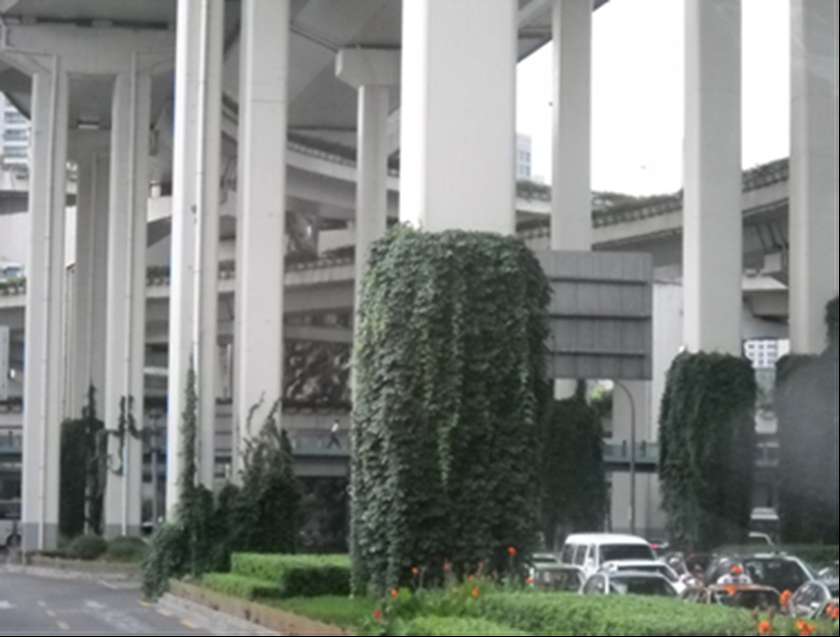
On this image we see pedestrian crossing or cutting through a flyover Labyrinth in Shanghai. The spaces within these infrastructure nodes are often used in Chinese cities; you can find parks, skyscrapers and even tea-houses right under or next to them. Re-using these infrastructure in a green way would be as dramatic an urban shift as their construction or actual use.